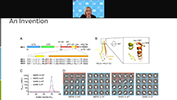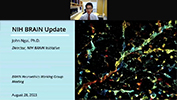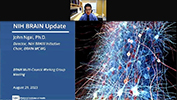Neurocircuitry of Incentive-based Learning: Linking Connectivity to Function and DiseaseLoading... Loading video... 444 Views
Related Videos... |
VideoCast Downloader

Neurocircuitry of Incentive-based Learning: Linking Connectivity to Function and Disease
Download VideoCast
You can download this VideoCast and play it on your device. There are multiple sizes available for you to choose from.
Download caption text
You can download caption text of the VideoCast.









